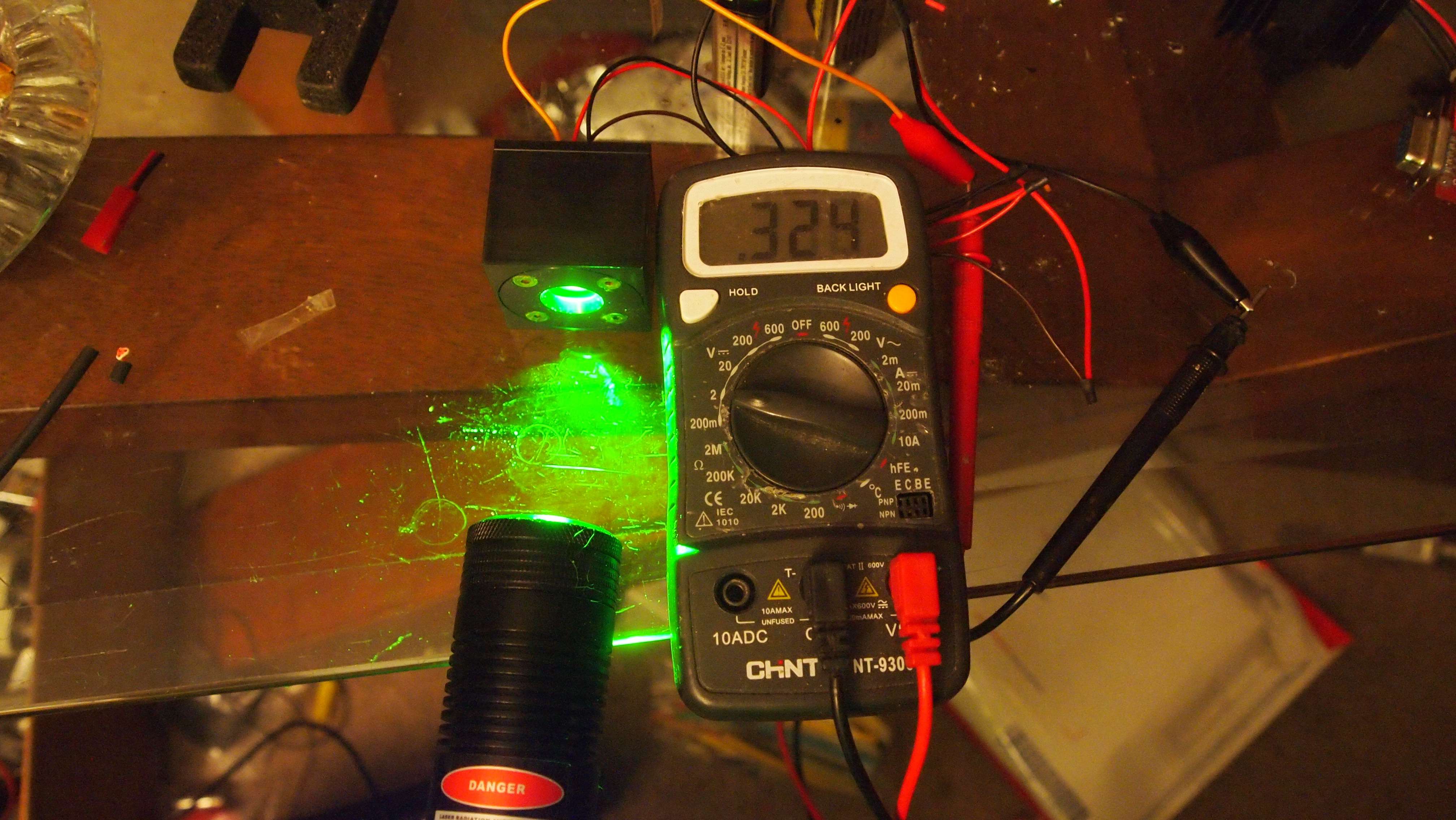- Joined
- Jul 4, 2008
- Messages
- 2,499
- Points
- 113
Here's what is needed. It's really simple / clear / unambiguous.
- Start metering the 445 on the LaserBee
- Once the graph gets a reading and levels out, immediately (while the laser is running, and you've got safety glasses on) move the beam to the Ophir sensor
- Take note of:
--- The reading on the LaserBee just before you moved it
--- The reading on the Ophir once you've moved the beam to its sensor
That eliminates all of the ambiguity in talking about "peak" or "average". The Ophir gets a reading fast enough that the laser really shouldn't have changed output power much in that ~2 to ~3 seconds that moving the beam should take you.
That's what needs to be doneIt's too tough to interpret otherwise, because everyone is called different figures different things. Even "peak" is getting some ambiguous treatment here, because "peak" isn't necessarily the same thing as "the point when a TEC based LPM attains a reading". So just stick to that methodology I've described above and relay the readings. That will be helpful for Jerry and Ophir (oh ya, they're regular readers here
)
Will do.. thanks for your suggestions as always. I'll set this up tonight and try again with your 445nm. I get what you are saying.







